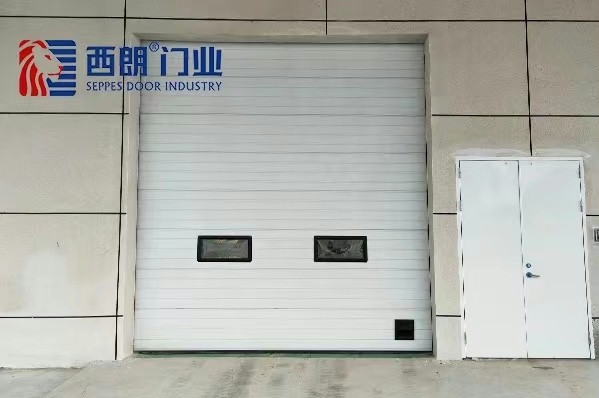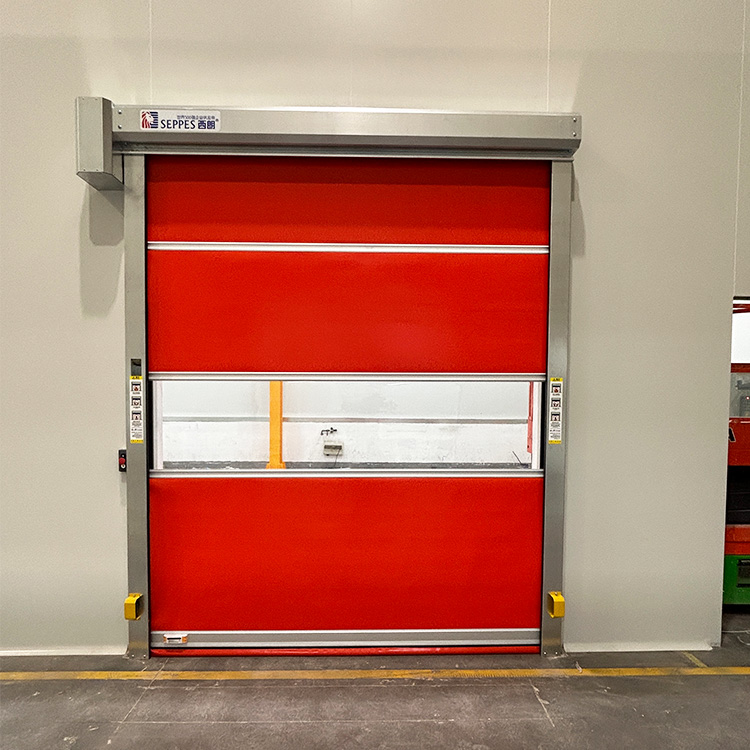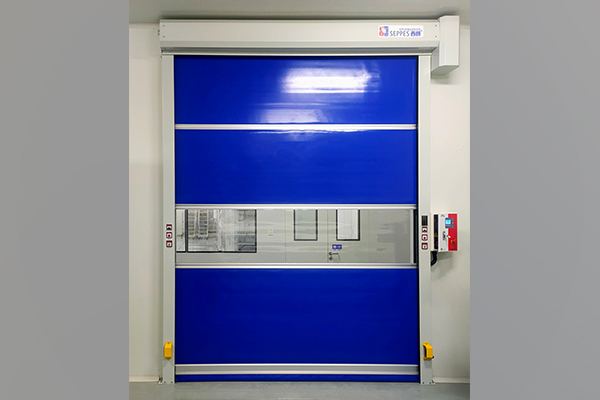Industrial sectional door, this type of industrial door is relatively large in size, and is widely used in places such as large factory exterior doors, logistics garages, warehouse workshops, etc. where it is inconvenient to install doors. Its functions and advantages are very popular among people.
1. Applicability: According to the structural design of the building, the sectional door opens vertically upwards and hangs horizontally on the inner side of the wall above the door opening, without occupying any indoor space; give full play to the advantages of vertical rise, not occupying the two sides of the door opening, and release the space of the door opening to the greatest extent.
2. Appearance: double-layer galvanized steel plate plus polyurethane layer, the surface embossed design can make the door panel durable, easy to clean, beautiful and generous, and enhance the corporate image.
3. Thermal insulation performance: Double-layer steel plate reduces heat loss, and high-density polyurethane 42kg/m3 insulation layer is sandwiched inside, which has excellent thermal insulation effect.
4. Noise isolation: low-noise opening, galvanized pulley seat equipped with adjustable ball bearings and wear-resistant rubber wheels to ensure silent opening and closing of the door.
5. Wind resistance: When the door body reaches a certain width, it is designed with external reinforcing ribs to ensure its strength. Tested by European standards, it can resist instantaneous 10-level wind.

6. Air tightness: The top, bottom and both sides of the door panels are equipped with high-quality rubber sealing strips, and there is also a reliable seal between the door panels to ensure that the door body is not corroded.
According to the lifting operation mode, it is classified into: standard lifting sectional door, vertical lifting sectional door, high lifting sectional door and other methods, which can adapt to different building structures.




Comment (0)